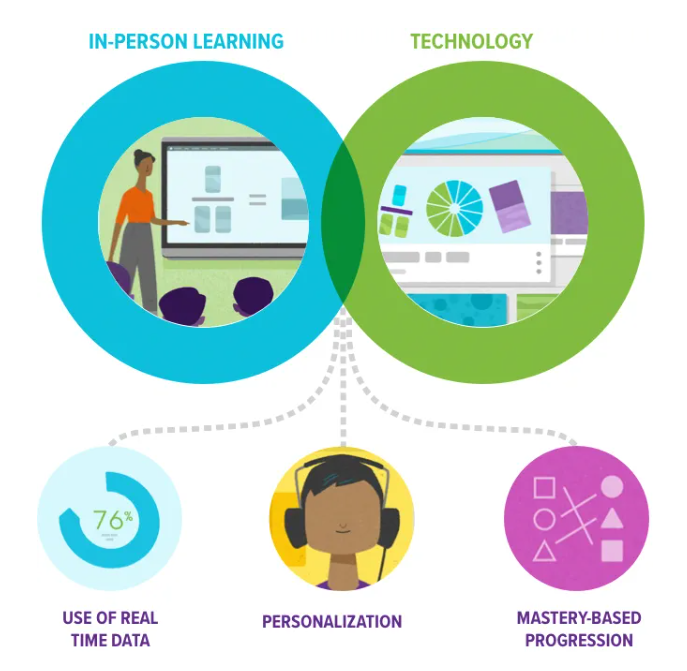
The Benefits of Blended Learning: Combining Online and In-Person Learning for Optimal Results
Blended learning, which combines online and in-person learning, is becoming an increasingly popular way to approach education and professional development. In this blog post, we will explore the benefits of blended learning and how it can lead to optimal results.
- Flexibility: Blended learning allows learners to have the flexibility to learn at their own pace and on their own schedule. Online learning allows students to access course materials and complete assignments at any time, while in-person learning provides the structure and support of a traditional classroom environment.
- Personalization: Blended learning can be tailored to meet the needs of individual learners. Online resources can provide personalized instruction, while in-person learning can provide opportunities for individual feedback and support.
- Engagement: Blended learning provides a variety of learning experiences that can help learners stay engaged and motivated. Interactive online resources, such as videos, quizzes, and simulations, can provide an engaging way to learn, while in-person learning can provide opportunities for group discussions, hands-on activities, and interactive exercises.
- Accessibility: Blended learning makes education and professional development more accessible to learners who may have limited access to traditional classroom environments, such as those living in remote or rural areas, those with physical disabilities, or those with limited schedules.
- Cost-effectiveness: Blended learning can be a cost-effective way to deliver education and professional development. Online resources can be created once and used by many learners, reducing the need for costly materials and resources.
- Improved Results: Blended learning can lead to improved learning outcomes and higher levels of student achievement. Research has shown that blended learning can improve retention rates, increase student satisfaction, and improve learning outcomes.
In conclusion, blended learning provides numerous benefits for learners and educators alike. It allows for flexibility, personalization, engagement, accessibility, cost-effectiveness, and improved results. By combining the best of both online and in-person learning, blended learning can provide an optimal learning experience for students and professionals alike.